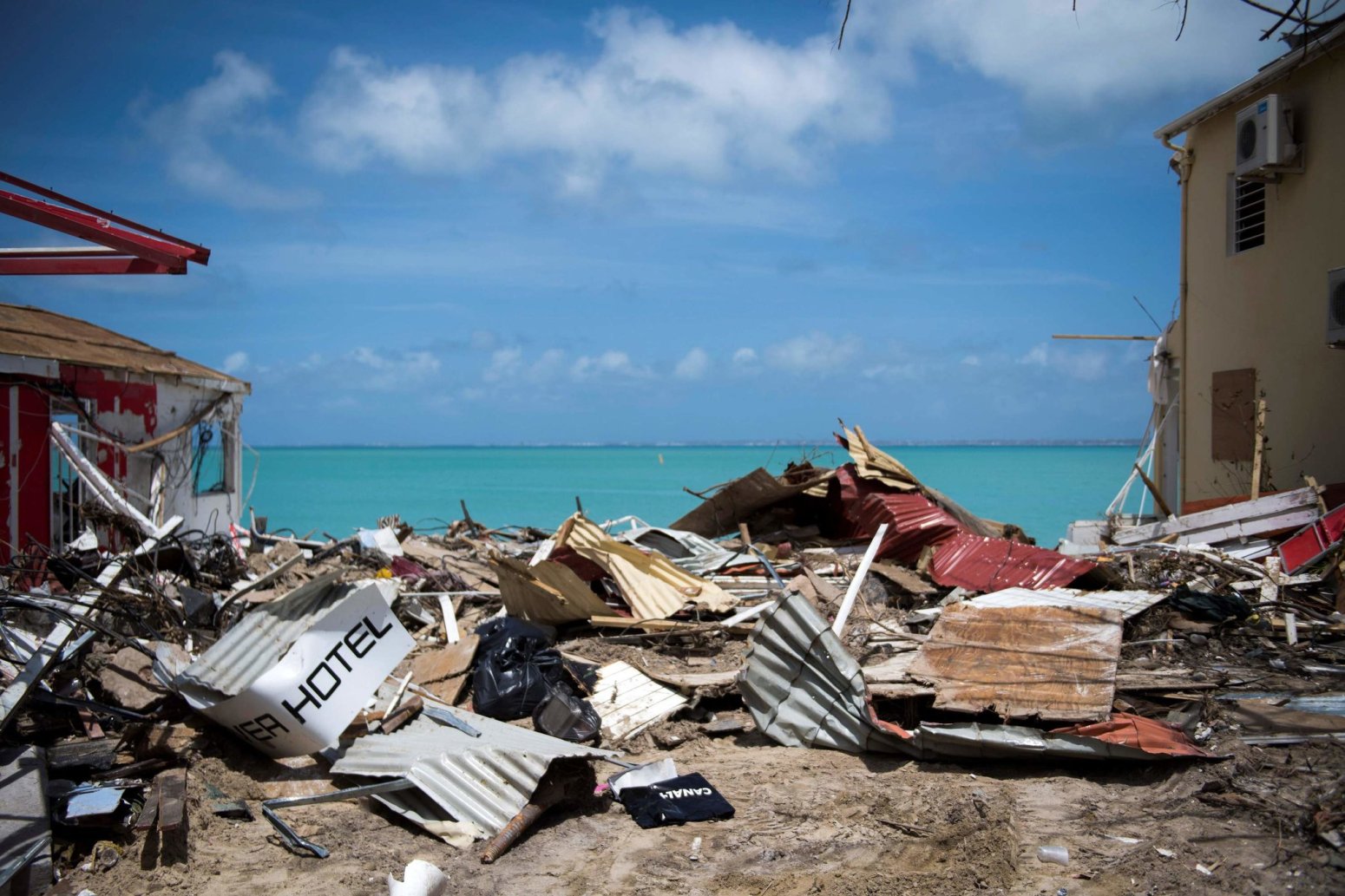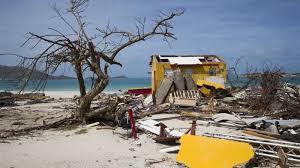
When a natural disaster hits an island – like hurricanes Irma and Maria in the Caribbean or Adrian in the Pacific – the resilience of its community is tested like never before. In September 2017, Hurricane Irma struck the small island of St. Maarten with vengeance. Lives were lost, as well as many homes, and all were dazed by the destruction and loss of so much that we take for granted. Like phoenix rose out of the ashes, an island needs to build itself up again and deal with the trauma of its people and ecosystem as both are left in shatters.
The intense loss will affect its people to a tremendous degree and takes time for an island to fully recover. Unless we have lived through these forces of nature, we will never be able to truly grasp the devastation of a hurricane. We were involved after the disaster, and can offer our insights from the Build Back Better Week St. Maarten.
It was organized to surface ideas from all stakeholders for a more resilient future. The response, recovery and rebuilding after a natural disaster like a hurricane ideally aligns macro-level interventions – for example from international and local relief organizations – with the individual household and business-level response. Of the latter, many in St. Maarten, wanted to help after hurricane Irma, but had no platform to connect.

A simple space to meet with others who have lived through the disaster and to connect them with possible solution providers from international organizations and businesses. This was the objective of the Build Back Better Week SXM week, to create an opportunity for a community to gather around a cause and come up with ideas for a more resilient future. It included trade missions from other islands, a hackathon, expert pitches, a youth engagement session and business networking
Here are 5 insights based on the SXM event which illustrate that even a national tragedy can have a silver lining:
Break boundaries and change business as usual: As Winston Churchill once said: “Never let a crisis go to waste.” People don’t mind change, they mind being changed. Natural disasters can instill change, in this case bringing about collaboration in existing industries where the links didn’t exist before. For example, after the extremely destructive hurricane Luis hit the island in 1995, 19 fatalities and $2.97 billion were counted in damage. Power lines above ground were severely damaged and the island’s infrastructure had to change. Powerlines were subsequently buried underground and was minimally affected due to hurricane Irma. Boundaries and business as usual was broken and a new wave of innovative thinking emerged. Sometimes it’s easier to build an island back up from scratch than to change what is there. For example, entrepreneurs on the island (in Tourism and Infrastructure sectors) found opportunities during the event to scale up their start-ups ideas by merging them with existing local businesses. We saw complete strangers work together without any monetary incentives. Reason for that being is that the collective need was clear.
Serious topics can be addressed in appealing – even fun – ways: It goes without saying, the devastation and consequent rebuilding after a natural disaster are serious topics. What we learned, however, is that people are open to address such a topic in an appealing, even occasionally light-hearted way. A creative and innovative format for stakeholder engagement can open the dialogue to get to the core of a community to provoke change. It may sound trivial, but the Build Back Better Week SXM event had informal networking spaces where teams could lounge and deliberate in groups. It was held on a weekend, to include as many people as possible, and dress code was informal, to break barriers and hierarchy. Also, to promote connections, all participating international entrepreneurs and experts stayed at the same hotel as the event, so that people would run into each other throughout the days. It was “organized chaos” of ideas and minds! The event had parallel sessions where speakers and participants could deliberate, while hackathon teams kept working at formal presentations. Altogether, the event had a positive and encouraging vibe with ‘lots going on’.

Give everyone a platform to speak their mind: One essential point that became apparent in assessing what type of initiative would be of added value to the recovery efforts, was the void in terms of opportunities to have people connect. There was no platform to help a community of policy makers, international development professionals, entrepreneurs and the island’s own citizen to connect. This is when the idea of a Do-Tank came about. The Do Tank was an action-oriented hackathon, tied to a challenge to translate ideas into local impact. It cultivated a group of people with varied skillsets to work together on a real-world issue, from collaborative ideation to collaborative creation. This was one of the most important insights of the event: By giving everyone on the island a voice, to be heard and listened to, a narrative was created. And interestingly, some people – both from St. Maarten – had been trying to meet for a long time but only managed to do so at the event. There were entrepreneurs with ideas for self-sustaining housing units, who met experts on innovative home-based agriculture and others with solutions for simple household solar systems.

…especially the next generation: Part of the event gave an outlet for the young generation to express themselves, be empowered and form part of the conversation. An estimated 30% of the attendees were under 30 years of age. Young people are crucial in shaping the United Nations 2030 agenda, in tackling 21st century challenges, steering action and transforming change in their communities. To further build on the energy and ideas of the Build Back Better Week SXM, social commitment from politicians, policy makers and youth is needed. It was wonderful to see that youth and politicians want to work together. During the event, Jorien Wuite, The Minister of Education, Youth, Culture & Sports, actively participated in the discussion and pledged her commitment to help next generation engagement through the Social Commitment Contract Wall, otherwise called the “SoCoCo” Wall.
Take compassion to another level: Social impact and inclusion cannot be created in and of its own, even if there is a willingness. It needs to get a nudge, to be facilitated as it is not self-propelling. It takes policy makers, entrepreneurs and a community of like-minded and compassionate individuals to foster resilience and get a hurricane-struck island back to where it used to be. In this sense, based on the positive energy we saw displayed, creating a better and more prosperous ecosystem seems an attainable goal. There are more opportunities than ever to make a positive impact and in post-hurricane recovery these are magnified and even more precious as. Change is the only constant, be prepared for changes and be prepared to help others. Compassion is the key, so bring it to a higher level!
These insights may inspire you to connect and collaborate with compassion. The event in St. Maarten gave us reason to believe that these 5 insights can be translated to other affected islands. The organizers of Build Back Better SXM are currently in the planning stages of similar events on island such as Dominica, where creativity and compassion can be scaled.
As the island of St. Maarten continues to meet the challenge, their society has undergone a transformative experience, one that builds hopefully a stronger and more resilient island.
Footnotes:
• www.buildbackbettersxm.com
• https://sustainabledevelopment.un.org/partnership/?p=12820
Thank you to Francielle Lacle for the contribution and input.

